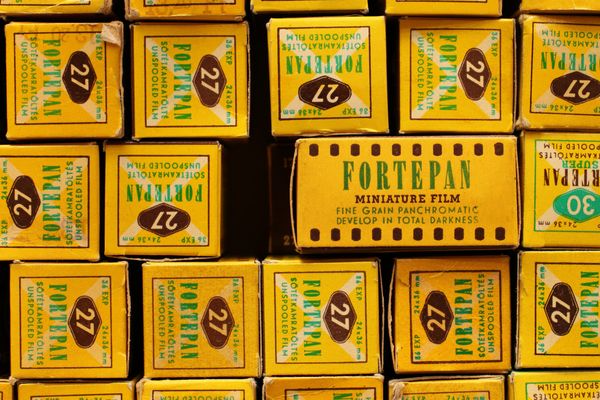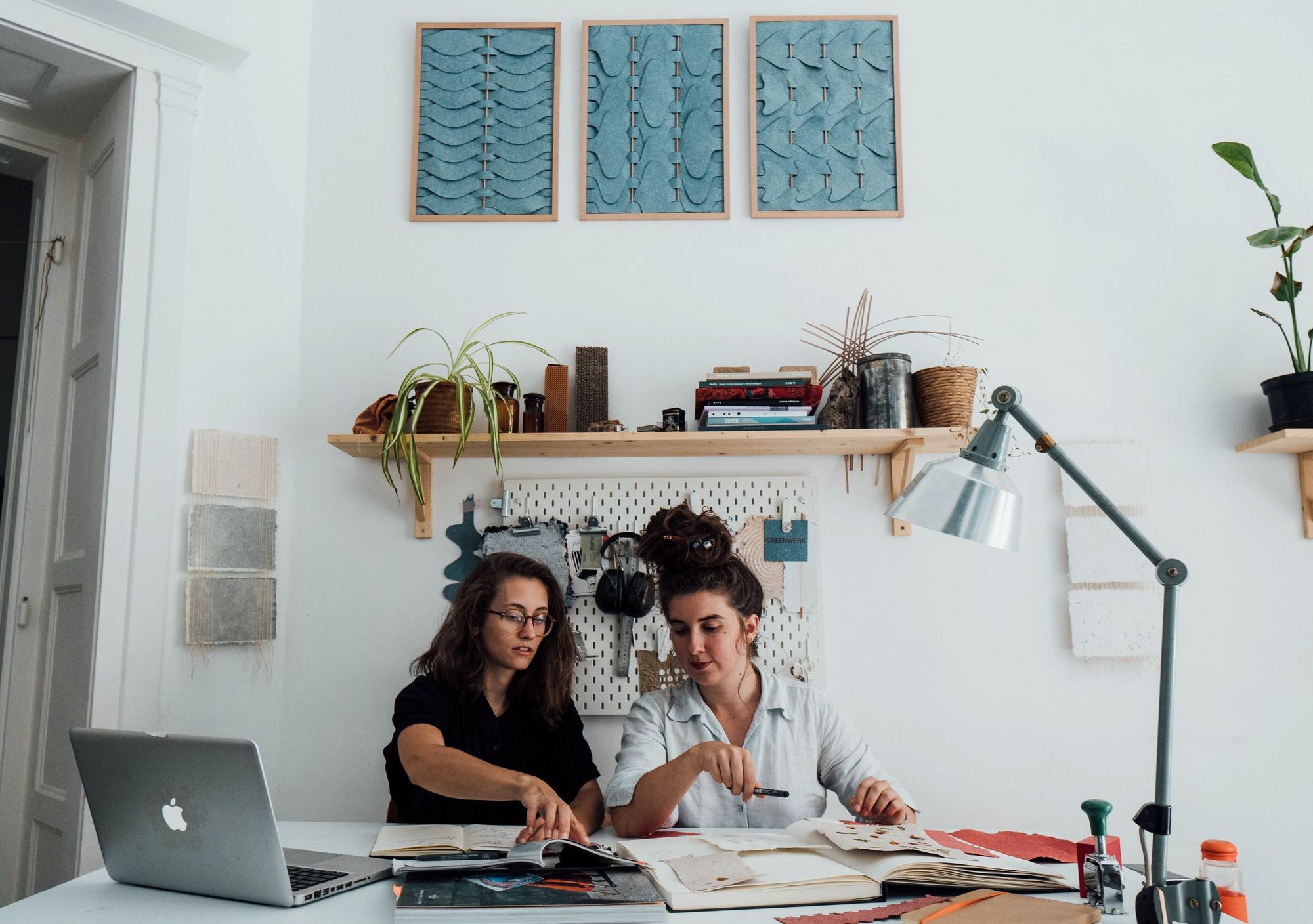It started out as a love project, but later they realized that making paper out of waste is not only an exciting creative process, but an ethical and sustainable one, too. We asked the founders of Greenwerk about the manufacturing of the uniquely textured papers.
Lili Labus and Csenge Győrbíró met at university, and both of them went to Poland for a study trip, this is where they got to know each other better. Finally they got captivated by the technique of papermaking, which further strengthened their relationship. They considered their practice abroad a love project, and they also saw that a shift in perspective was very much needed in Hungary, too, and so once they got home, they decided to found Greenwerk studio.
“We knew a common workshop will serve as the first step of artistic fulfilment, as this is where the ideas can become tangible objects” – the girls told us.
The abandoned objects of the city and their stories are what inspire them the most. The threatening sight of waste piling up everywhere has an elemental impact on them; in addition to urging them towards a more ethical and sustainable creative attitude, they many times obtain their materials from waste, too. They make paper out of natural plant textile waste, such as cotton, linen, jute or hemp in their workshop, but they also experiment with discarded biodegradable materials such as grass, invasive plants, bananas or cane. An important part of their work process is to get to know the characteristic of the given type of waste and to map its opportunities, so that they can give a new life to these discarded materials. The result is biologically degradable, groundbreaking and unique in all cases.
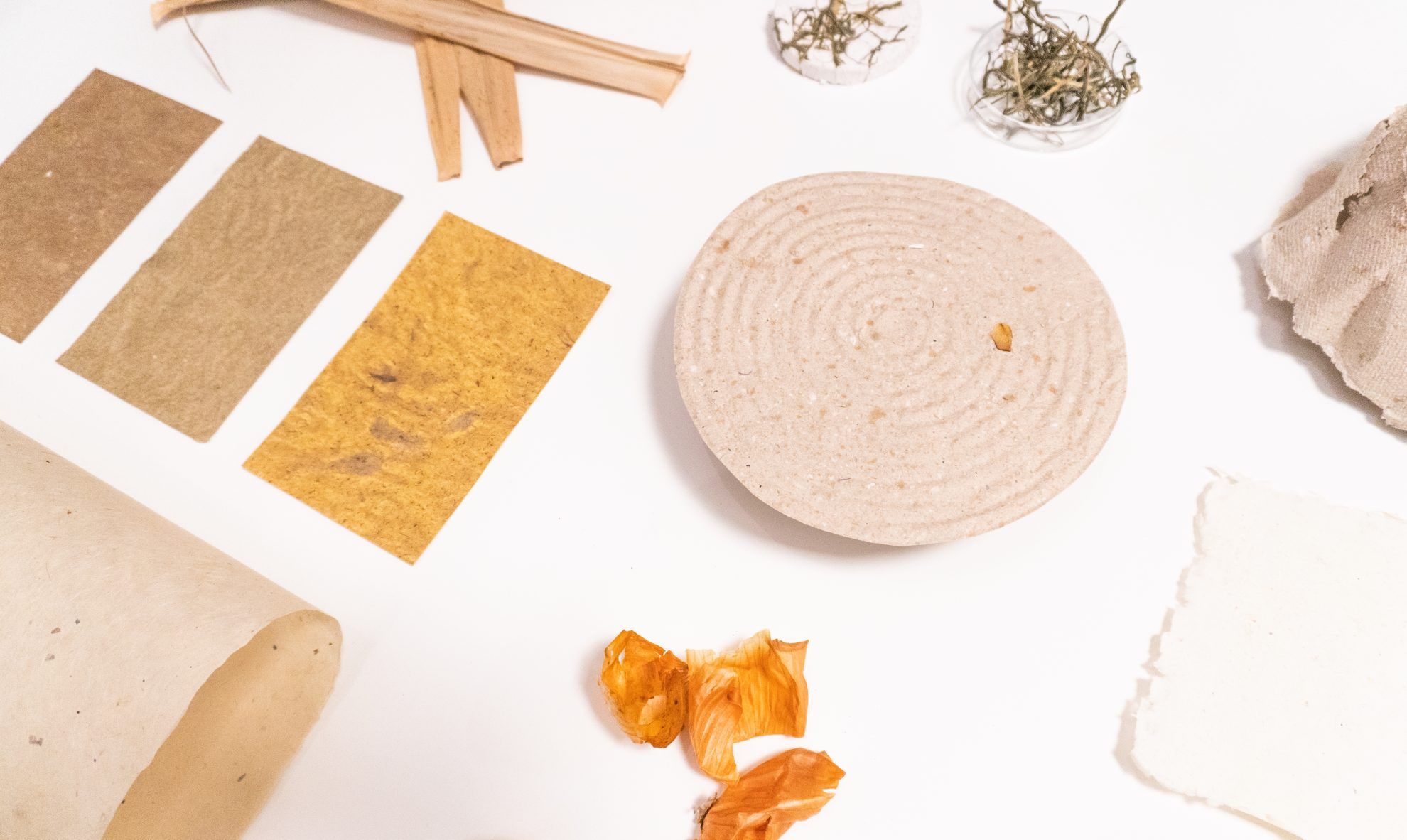
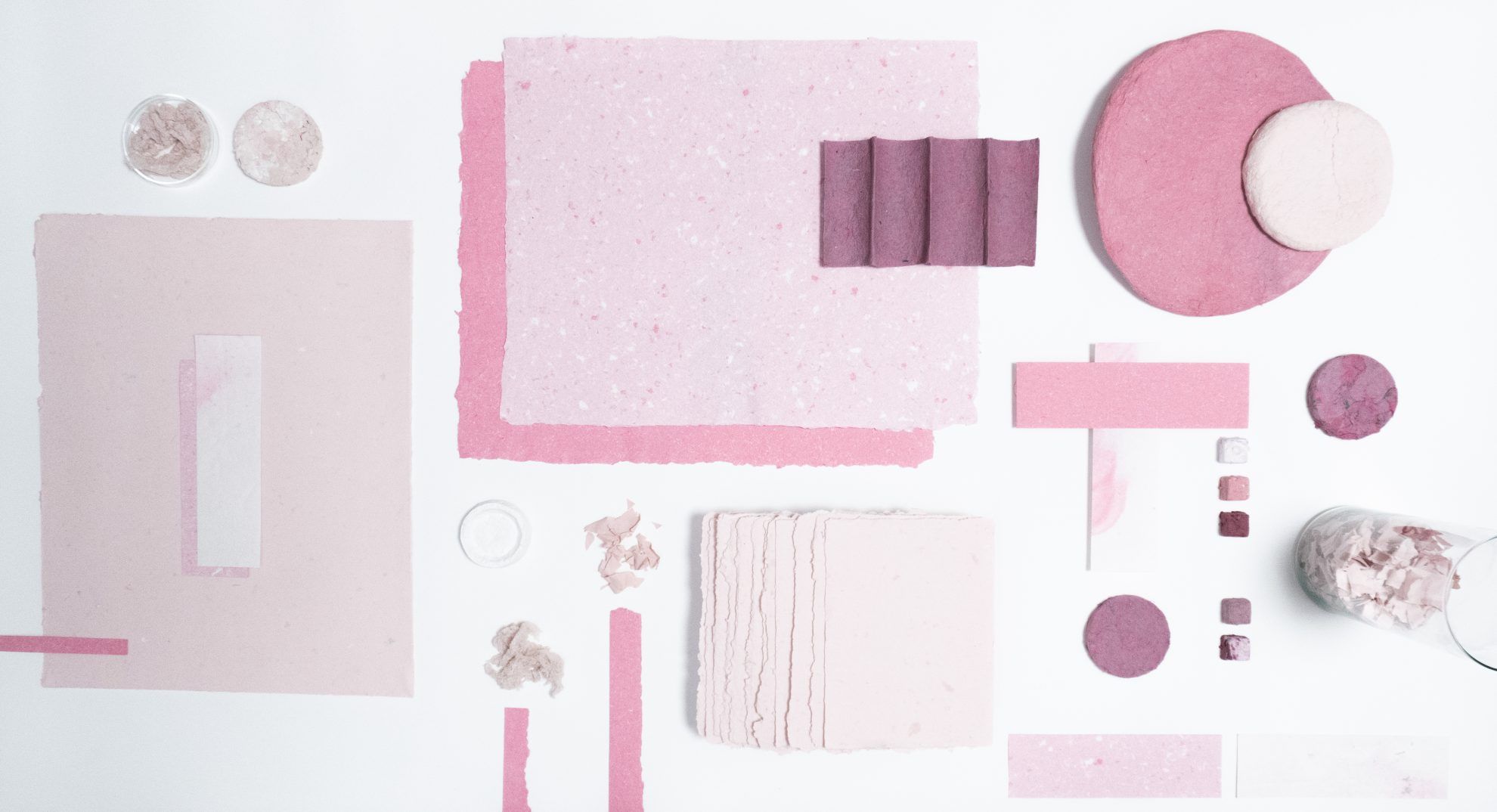
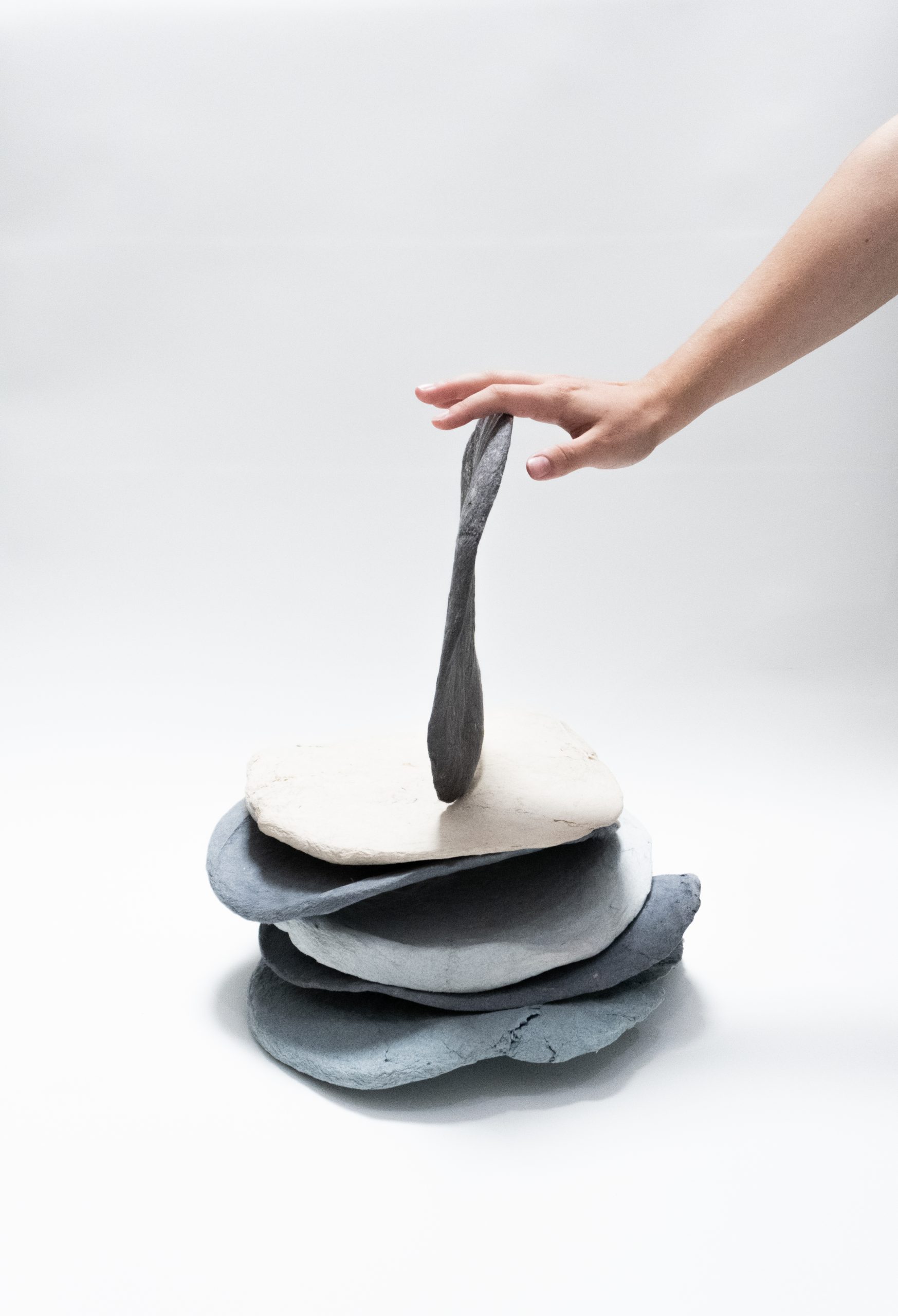
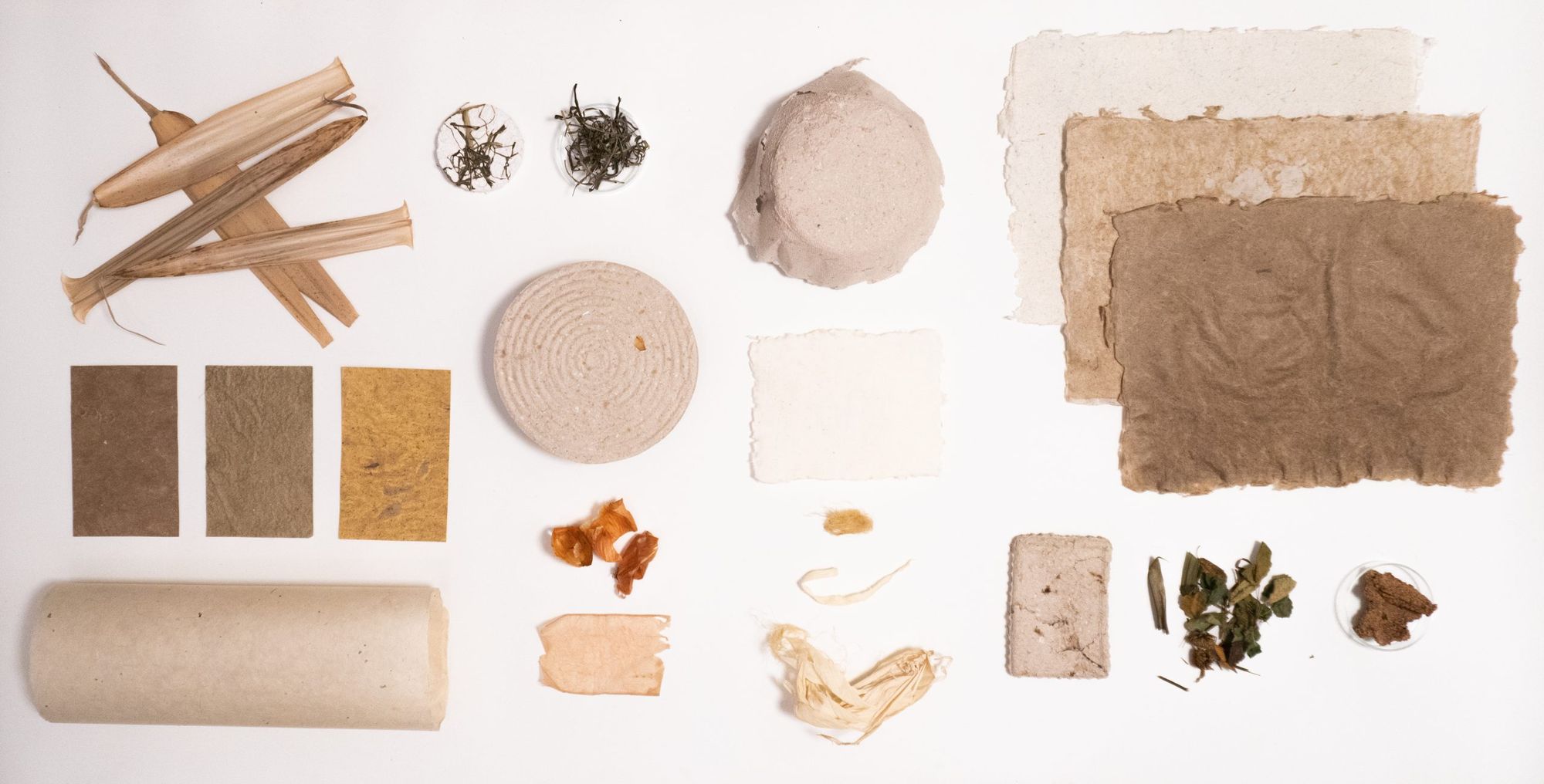
We unravel natural textiles, woven or knit fabrics to threads with a custom developed machine, and then we make new materials out of them with our hands, without adding adhesives or dye. We work with the techniques of paper-making and compression molding. The material developed this way has different characteristics than the original due to the special treatment, compression and drying, as the structural softness of textile is replaced by a solid and rigid unity – Lili and Csenge explains the course of their method.
In the future they plan to bring other people closer to recycling waste in a creative manner by organizing workshops, and they also look forward to collaborating with contemporary designers and artists.
“Currently we work on a project-basis, and create images, objects and collections following organic and simple forms based on orders. Our goal is to compile a collection that encompasses the material experiments and tests we have carried out so far.”
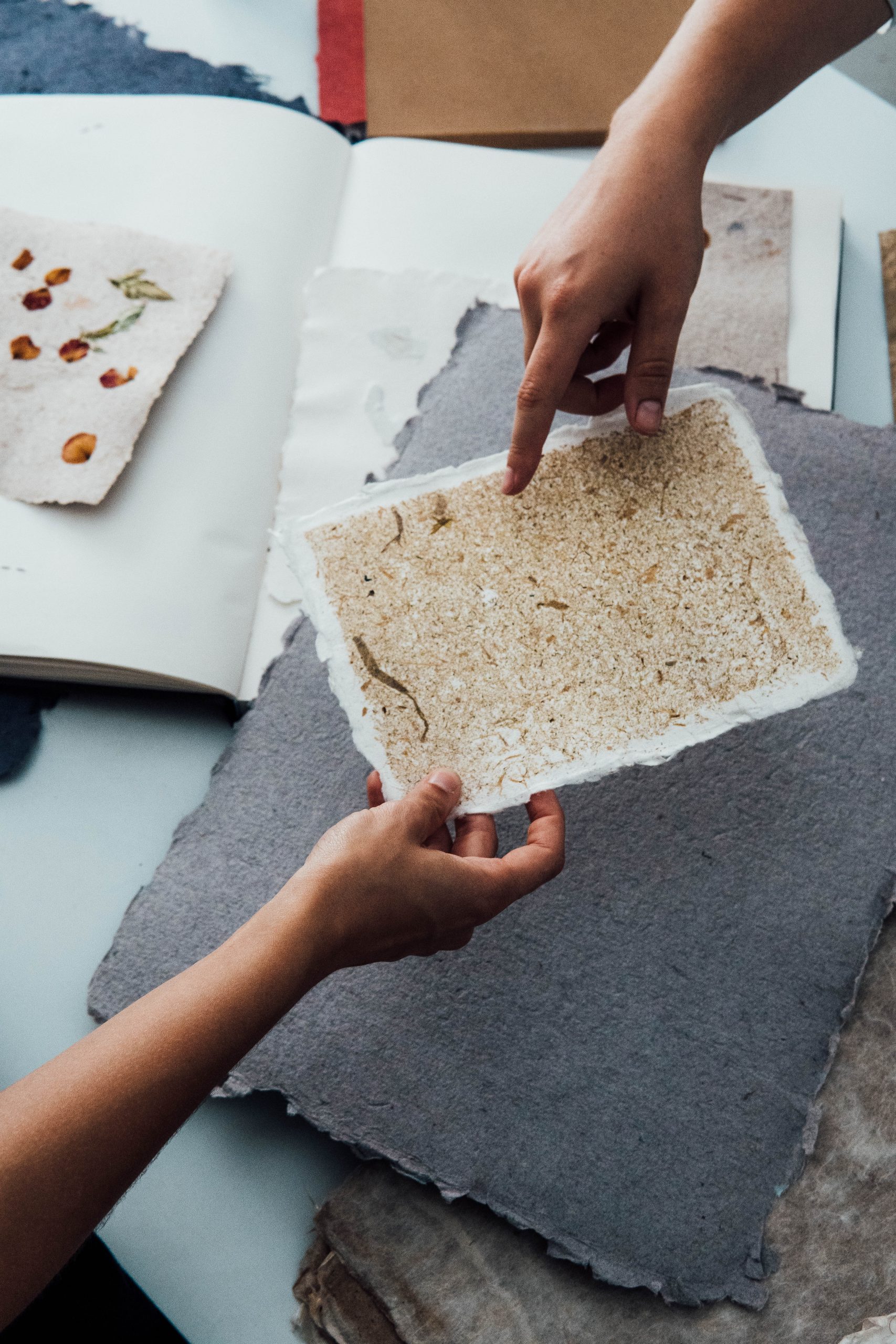
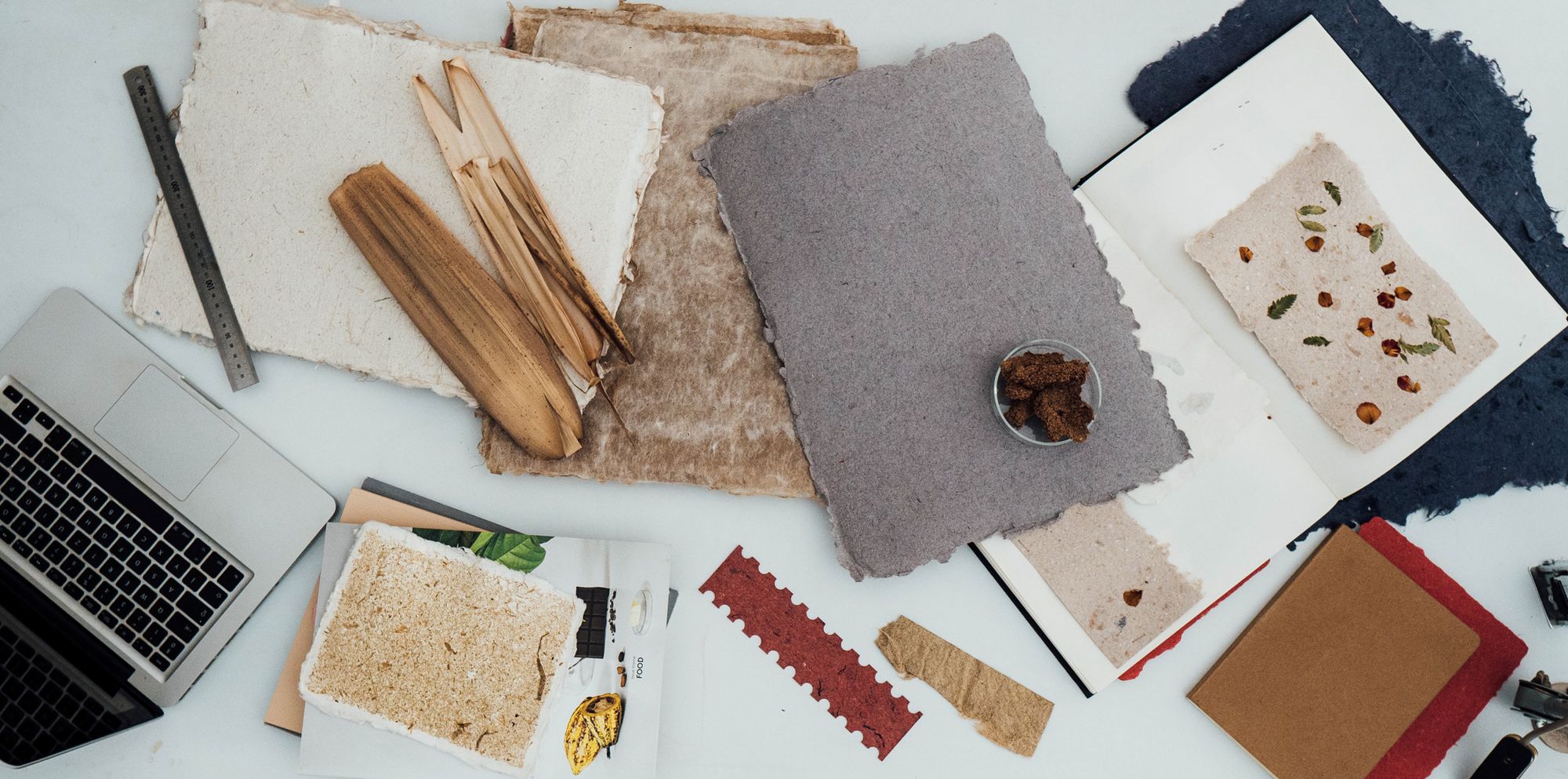
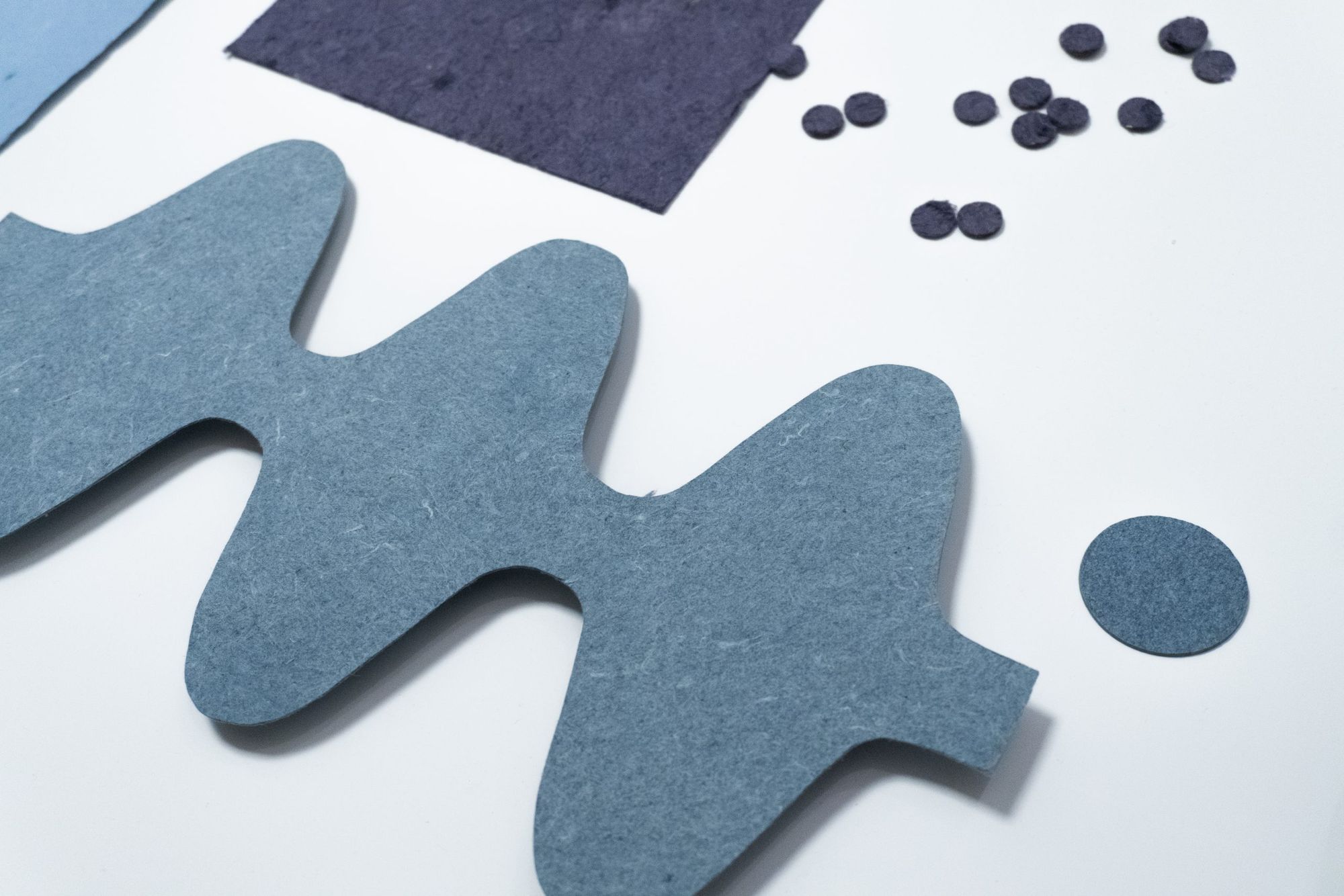
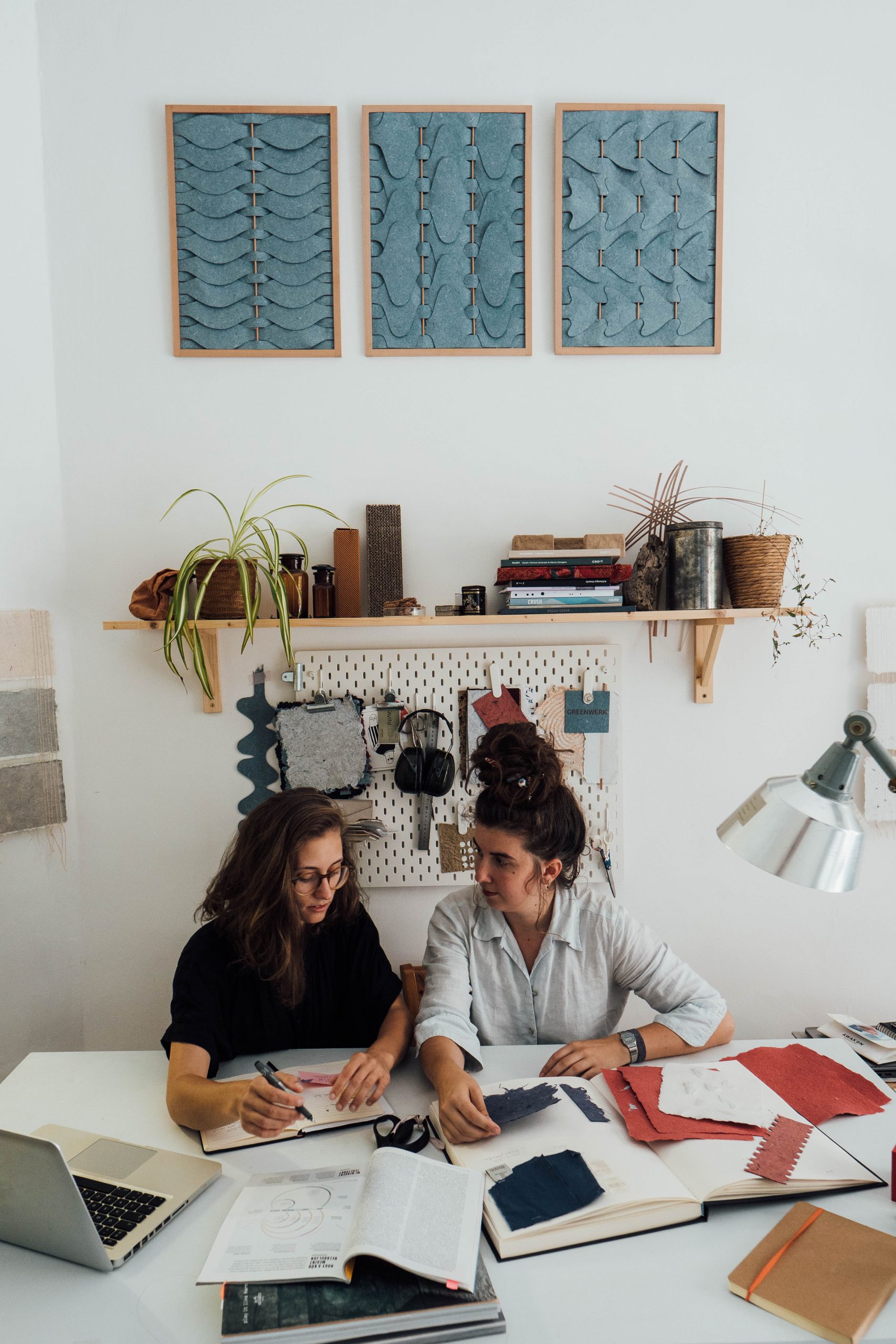
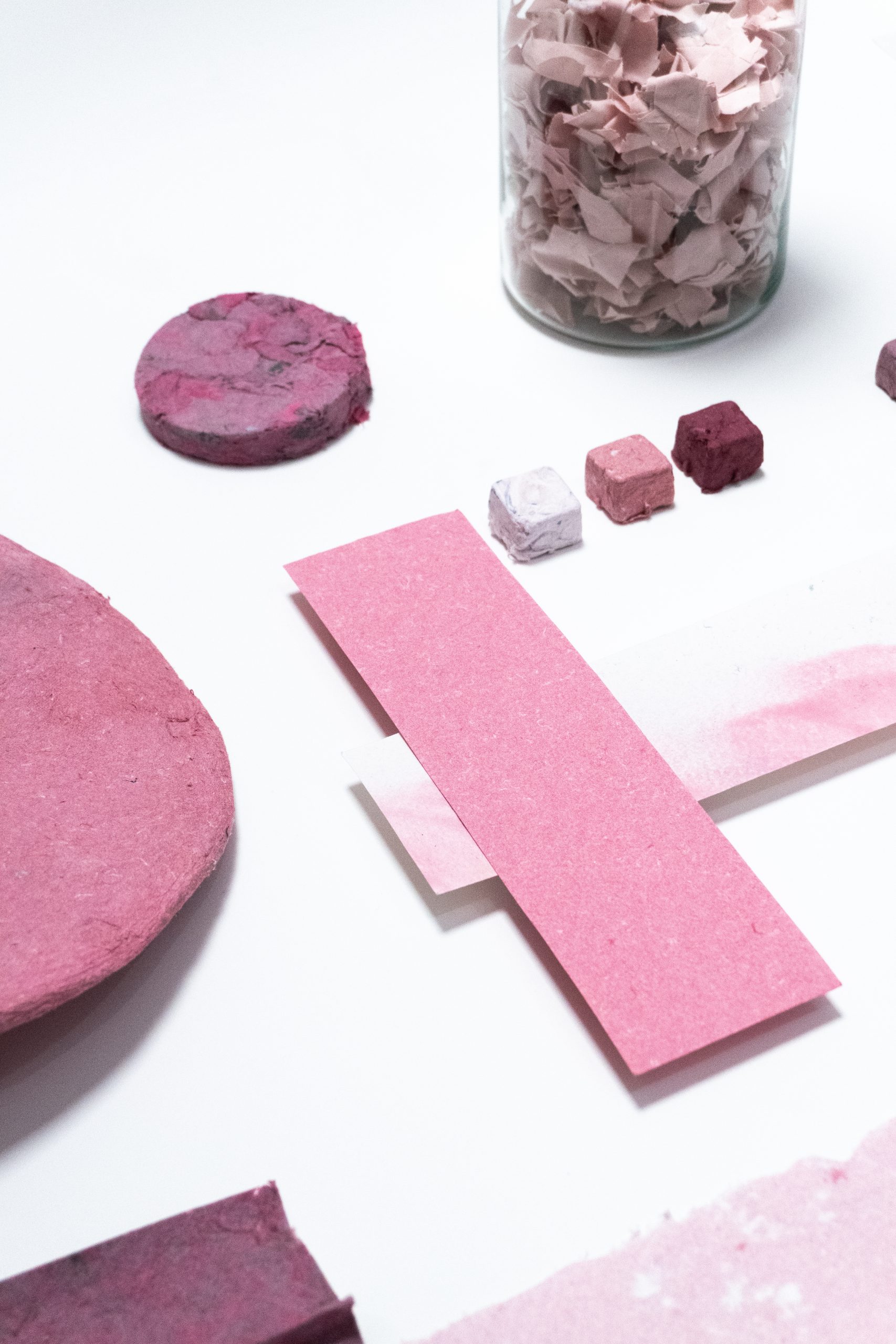
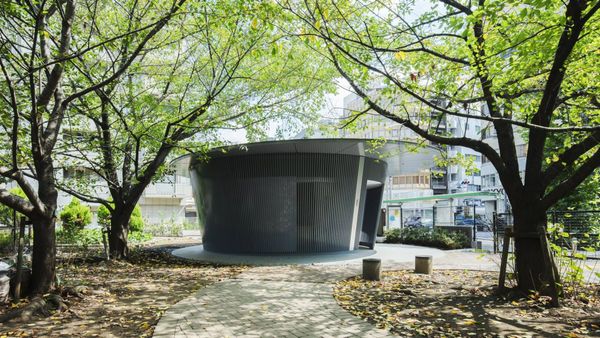
From public toilet to work of art | Tadao Ando
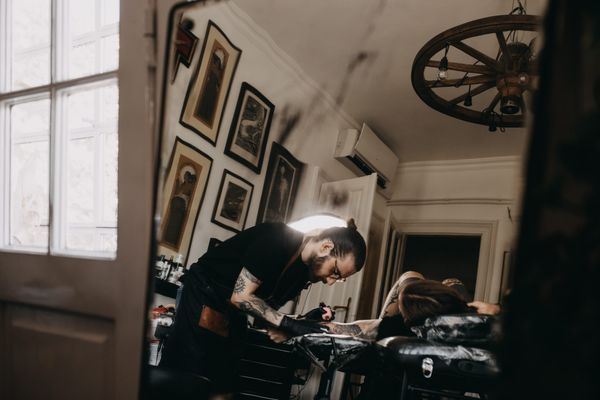
The first book on the art of a Hungarian tattooist | Grindesign
